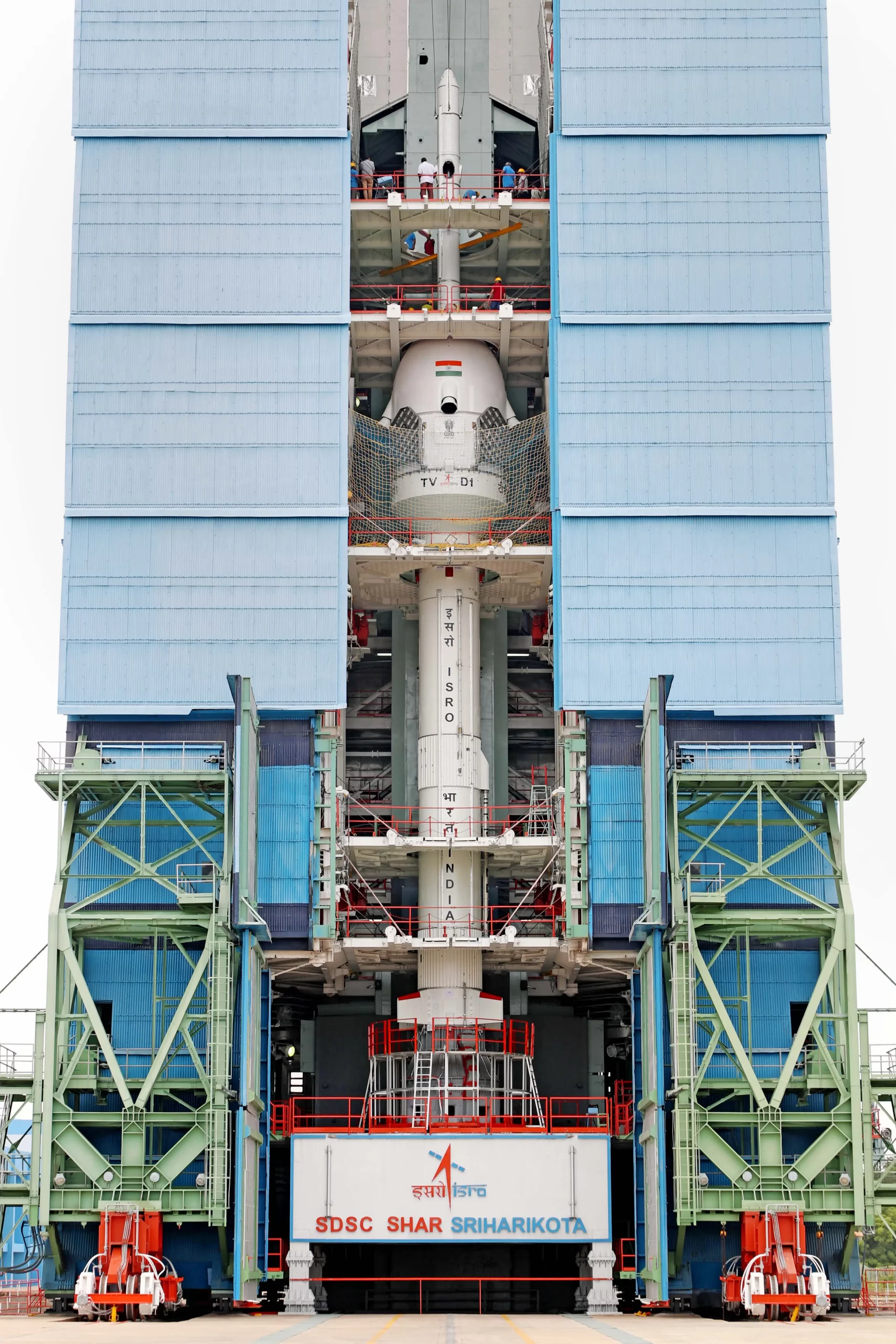Bengaluru, NFAPost: In a significant stride towards India’s ambitious human space mission, Gaganyaan, the Indian Space Research Organisation (ISRO) is poised for a critical phase – the Flight Test Vehicle Abort Mission. This key test is scheduled to take place at 8 a.m. this Saturday from the Sriharikota spaceport, as announced by the space agency in their latest update.
Initially, the time window for the test mission was set between 7 a.m. and 9 a.m., but ISRO confirmed the exact timing as 8 a.m. on October 21, 2023. It is important to note that due to the short duration of the mission, visibility from the Launch View Gallery (LVG) will be limited, according to ISRO’s statement.
A noteworthy aspect of this event is the opportunity for students and the general public to witness the launch firsthand from Sriharikota by registering on the portal, with registration opening at 6 p.m. on the same day.
The test flight is designed to simulate abort conditions during the ascent trajectory. Specifically, crew escape systems with mock modules will be detached from the test vehicle at an altitude of approximately 17 kilometres. Following this, the abort sequence will be initiated autonomously, involving the separation of the crew escape systems and the deployment of a series of parachutes, culminating in the safe touchdown of the crew module in the sea, about 10 kilometres off the coast of Sriharikota.
Prime Minister Narendra Modi presided over a high-level meeting to assess the progress of India’s Gaganyaan mission and to outline the future trajectory of India’s space exploration programs. The Department of Space presented a comprehensive overview of the mission, encompassing various technologies developed thus far, including human-rated launch vehicles and system qualification.
Notably, around 20 major tests, including three uncrewed missions of the Human Rated Launch Vehicle (HLVM3), are slated. The first demonstration flight of the Crew Escape System Test Vehicle is scheduled for October 21, reaffirming the mission’s readiness and its projected launch in 2025.
Furthermore, Prime Minister Modi called for an expansion of India’s space endeavours, including the establishment of the ‘Bharatiya Antariksha Station’ (Indian Space Station) by 2035, and setting the ambitious goal of sending the first Indian to the Moon by 2040. To achieve this vision, the Department of Space will devise a roadmap for Moon exploration, encompassing a series of Chandrayaan missions, the development of a Next Generation Launch Vehicle (NGLV), the construction of a new launch pad, and the establishment of human-centric laboratories and associated technologies.
The Prime Minister also urged Indian scientists to work towards interplanetary missions, including a Venus Orbiter Mission and a Mars Lander.
The Gaganyaan project, at its core, aims to demonstrate India’s human spaceflight capability by launching a crew of three members to an orbit of 400 kilometres for a 3-day mission, culminating in a safe landing in Indian sea waters. This achievement would position India as the fourth nation in the world to successfully conduct a manned spaceflight mission, following the footsteps of the US, Russia, and China.
This recent milestone follows India’s historic achievement with the Chandrayaan-3 mission, where the lander module successfully touched down on the moon’s South Pole, solidifying India’s place among the select nations to achieve this feat.
Adding to this triumph, India also launched its inaugural solar mission, Aditya-L1, on September 2, which has thus far demonstrated exemplary success in its journey towards studying the sun. Most recently, the spacecraft underwent a trajectory correction manoeuvre, maintaining its intended path as it voyages beyond Earth’s influence.
With these monumental strides, India’s space endeavours are poised for an exciting future, with sights set on interplanetary exploration and groundbreaking missions on the horizon.





